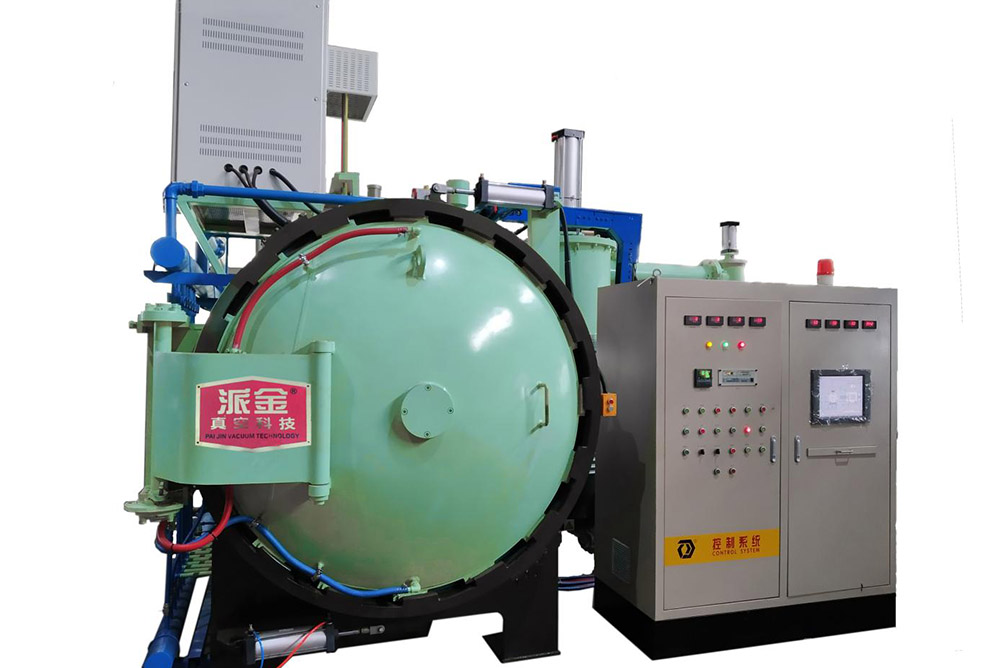An important factor for the cost-effective operation of vacuum sintering furnace is the economic consumption of process gas and power. According to different gas types, these two cost elements of sintering process can account for 50% of the total cost. In order to save gas consumption, an adjustable gas flow partial pressure mode must be implemented to ensure that the degreasing and sintering processes are free from pollution. In order to reduce power consumption, optimized heating elements are used to manufacture hot zones to reduce heat loss. In order to realize these design points and control the R & D cost within a reasonable range, a modern resource-saving vacuum sintering furnace will use hydrodynamic calculation tools to find the optimal air flow and heat flow mode.
Applicability of different furnace types
Regardless of the customized and highly specialized system, most sintering furnaces in the market can be divided into periodic vacuum furnace and continuous atmosphere furnace. The brown parts after injection molding and catalytic / degreasing contain residual polymer. Both furnace types provide a scheme for thermal removal of polymer.
On the one hand, it is more appropriate to make full use of continuous atmosphere furnace if it is a relatively large part with completely consistent mass production or similar shape. In this case, with short cycle and high sintering capacity, a favorable cost-benefit rate can be obtained. However, in small and medium-sized production lines, this continuous atmosphere furnace with minimum annual output of 150-200t, high input cost and large volume is not economical. Moreover, the continuous atmosphere furnace needs longer shutdown time in maintenance, which reduces the production flexibility.
On the other hand, the periodic vacuum sintering furnace has outstanding degreasing sintering process control technology. The limitations mentioned earlier, including the geometric deformation and chemical decomposition of MIM parts, can be effectively solved. One solution is to wash away the volatile bonding material by laminar process gas through a precise gas control system. In addition, by reducing the capacity of the hot zone, the temperature uniformity of the vacuum furnace is very good, up to LK. In general, the vacuum furnace has good atmosphere cleanliness, adjustable process parameters of high vacuum sintering furnace and small part vibration, which makes it a technical choice for the production of high-quality parts (such as medical devices). Many companies face fluctuating orders and need to produce parts with different shapes and materials. The low input and high cycle flexibility of vacuum sintering furnace will create favorable conditions for them. Running a group of vacuum furnaces can not only provide surplus production lines, but also run different process procedures at the same time.
However, some professional vacuum sintering furnaces with the above technical advantages are limited by small available capacity. Their disadvantage in input-output ratio and low energy utilization make the sintering cost of parts offset the cost saved in other MIM pr
Post time: May-07-2022
